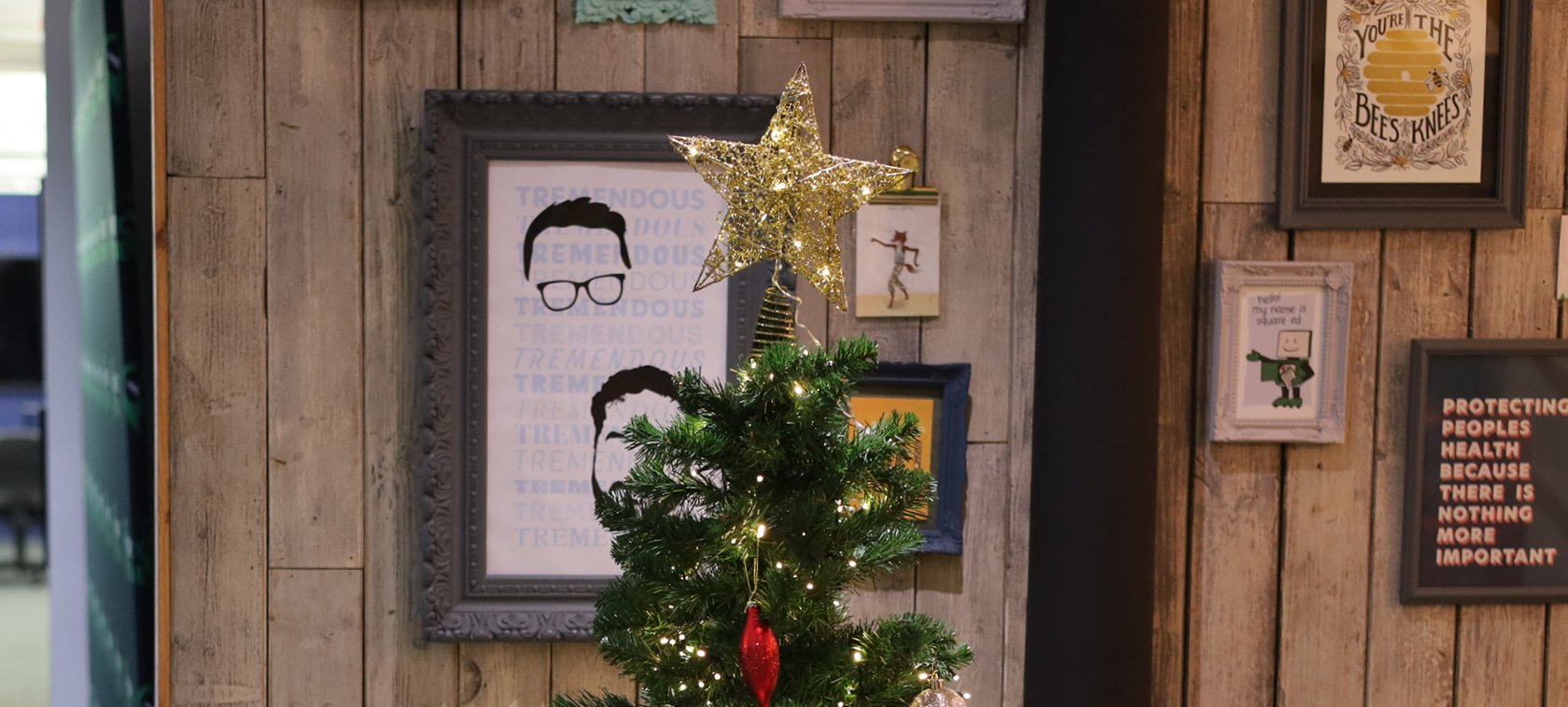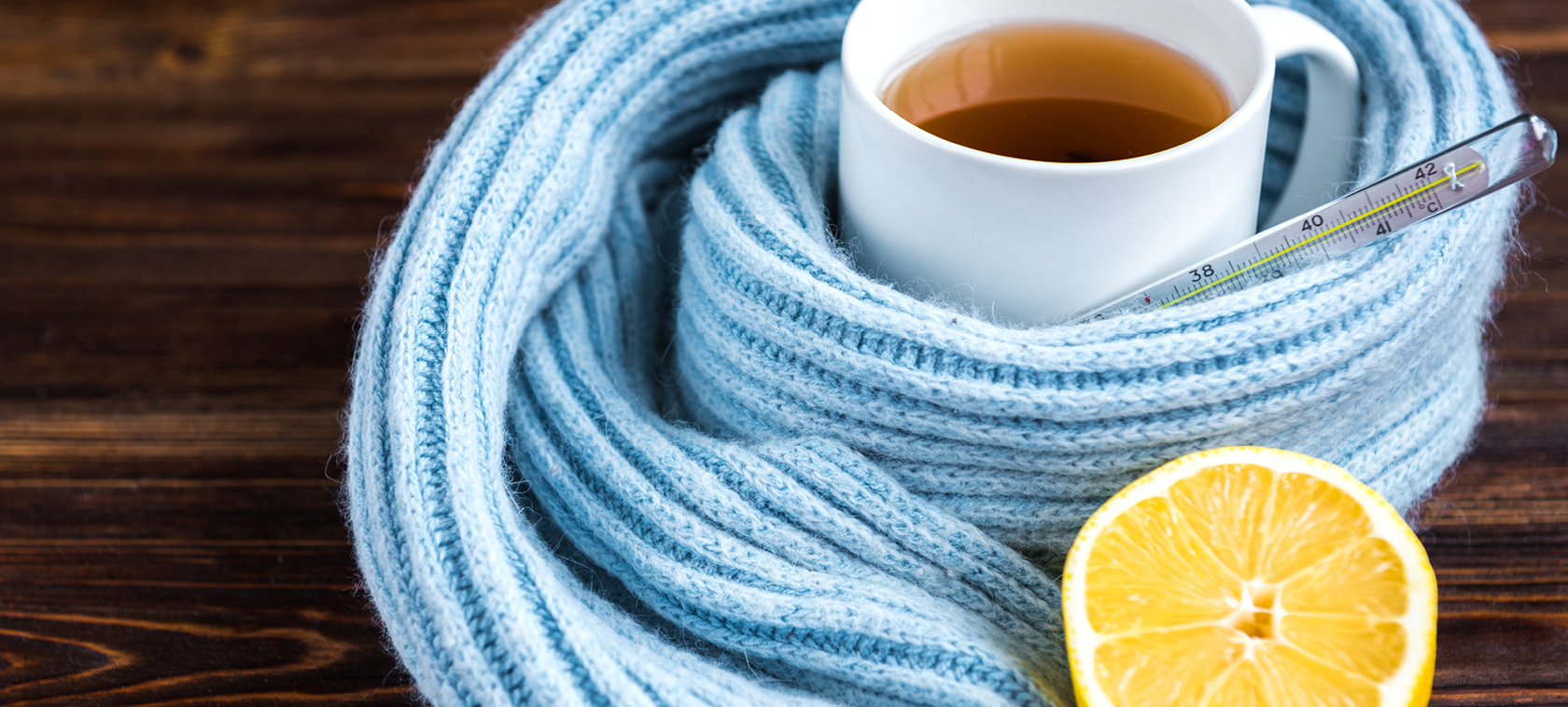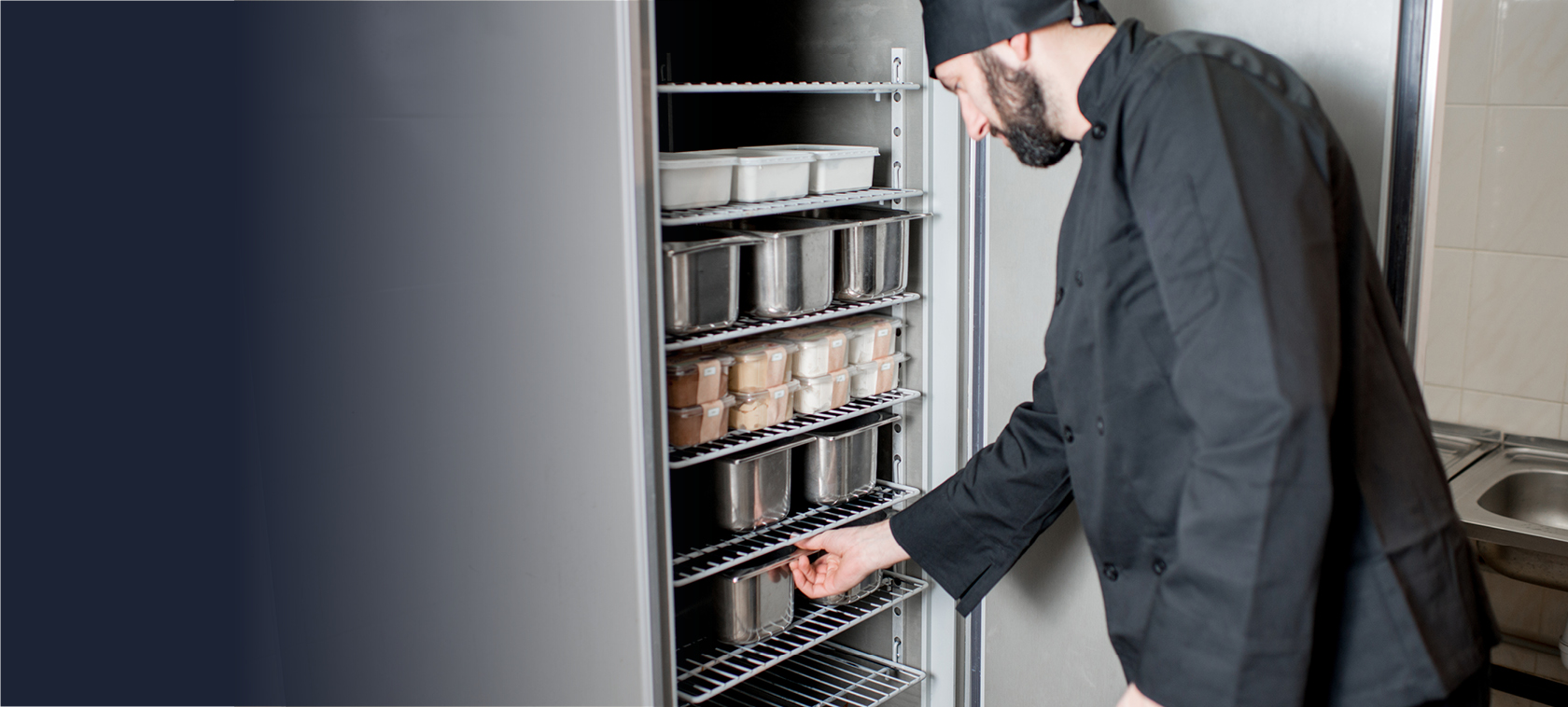As you know already, Shieldyourself rarely disappoint, it’s just not in our nature. So here, as promised, is the next part in our BBQ series. In part one we addressed some potential Food Safety dangers, but food wouldn’t be barbequed without a fire source (and burger sauce…), so here’s a closer look at how you can be top of your game when it comes to Fire Safety.
According to the Royal Society for the Prevention of Accidents (RoSPA), almost 2,000 people are rushed to A&E units each year having had an accident involving a barbeque. The most common types of injuries are scalding or burns relating to flames but hundreds of people also go to hospital each year with injuries inflicted by the sharp edges of knives and other barbeque implements.
It’s All About Location, Location, Location
It’s likely that you keep your barbeque stored in a shed throughout the winter or tucked away in the corner of the garden, but when it’s time to fire it up, make sure you think carefully about where to position it. If it happens to be a windy day or the grill unexpectedly flares up, it could be easy for fences, sheds, trees or, even worse, houses to catch alight and spread the fire. We strongly recommend that you avoid cooking on decking for the same reasons; a spatial area with a non-flammable floor is the most practical to keep fire hazards to a minimum.
In relation to increasingly popular gas barbeques, Carbon Monoxide poisoning has also been known to play a dangerous part in barbeque accidents. If smoke and fumes gather in a confined area with limited ventilation, Carbon Monoxide poisoning can transpire and the results could be fatal.
Similar issues can arise with standard fuel barbeques though so don’t think this risk is solely related to gas fired appliances. In 2013, a teenager from Manchester, suffered what was described as an accidental death after a used disposable barbeque was left in the porch of their tent during a family camping trip. The inquest heard that family members had moved the barbeque into the porch of the tent, to guard against an accidental fire starting but tragically, fumes from the barbeque had blown from the porch area to the sleeping compartments. In response to the incident, the family involved, and other families, stated how they lacked awareness when it came to fumes originating from an extinguished barbeque.
Be In Control, And In The Know, Throughout The Day
First thing first, check for gas leaks. A simple way to do this is by implementing the soapy water test. Use a spray bottle filled with a mixture of soap and water and spray the solution onto the piping of the gas feed. If bubbles appear then it means you have a gas leak and should stop using the equipment immediately.
Don’t get your fingers burnt, getting to know your barbeque, like knowing where the gas cut off is, can be a perfect way of preventing unnecessary accidents. Always check the hose connection for rust to ensure that nothing will hinder the barbeque working to its safe and intended purposes.
When lighting the barbeque, ensure that the lid of the device is open so that the gas can dissipate. If the lid is closed, this increases the gas build-up and could pose the risk of inhalation of toxic gases and not forgetting, the glaring fire hazard. If the grill does not light after the first time, do not try and relight it for at least 3-5 minutes; let the gas disperse and then try again.
Our very own Fire Risk Assessor, Terry McMullen, has provided us with 3 valuable tips in reference to the use of charcoal barbeques:
• Don’t overdo it on the lighter fluid. It’s difficult to judge how much you will need before the flames get going and once they have, it can be a danger of an open flame explosion
• Never use petrol to light a fire. Yes your guests could be waiting and yes your legs could start to ache but using petrol is an accident waiting to happen. Not only will it contaminate your burgers, petrol is highly flammable and could result in severe burn damage to yourself and those around you. Why not just pass round the crisps and dip to temporarily satisfy the stomach
• It is good practice to keep a bucket or water or sand nearby for emergencies
Try and keep children, pets and other excitable little legged runners away from the cooking station. They could pose a trip hazard or a distraction, causing attention to be taken away from the safety of barbequing. Never leave a BBQ unattended; by the time you’ve walked to the fridge and grabbed a beer, you could be returning to a re-enactment of November 5th.
Don’t drink and grill. According to the findings from the insurance company More Than, careless behaviour by tipsy grillers has caused fires in almost one garden in every 30 in Britain. Alcohol is a flammable liquid so any swaying and juggling of drinks and spatulas could result in a serious injury. Furthermore, alcohol drastically slows down reactions increasing the chances of serious injury if a sudden situation arises.
Be Clever in the Cool Down
Once you and your friends are wined and dined, or shall we more appropriately say ‘beered’ and ‘burgered’, it’s understandable that you may lack the enthusiasm to spend time cleaning your BBQ. However, doing this isn’t just about getting that just bought, show it off to the neighbours shine; grease and fat debris left over from meat cooked on the grill contributes hugely to the fires that originate on a barbeque.
Cleaning a gas BBQ is less time consuming as you avoid the hassle of soot or ash. Safely disconnect the gas and lift out any parts of the grill that might prevent even heating next time round.
Charcoal burners require a different strategy. Make sure the coals are completely cool before removing from the bowl and then empty the remaining ash and dust into a rubbish bin. For the barbeque itself, clean with soapy water and a brush or abrasive sponge before rinsing off with water ready for the next use.
So now that we’ve covered the food and fire portion of the barbeque, all that’s left is the fun, can we trust you’ll take care of that?
The information contained in this blog article has been created for marketing purposes and is not official guidance and should not be used as a substitute for official food safety, health and safety or fire safety advice. Shieldyourself take no responsibility if the information in the blog article is used to form part of a safety management system or used to form part of any legal or regulatory compliance for your business. For official guidance and to engage with Shieldyourself services please do call our team on 020 3740 3744 or email sales@shieldsafety.co.uk.



